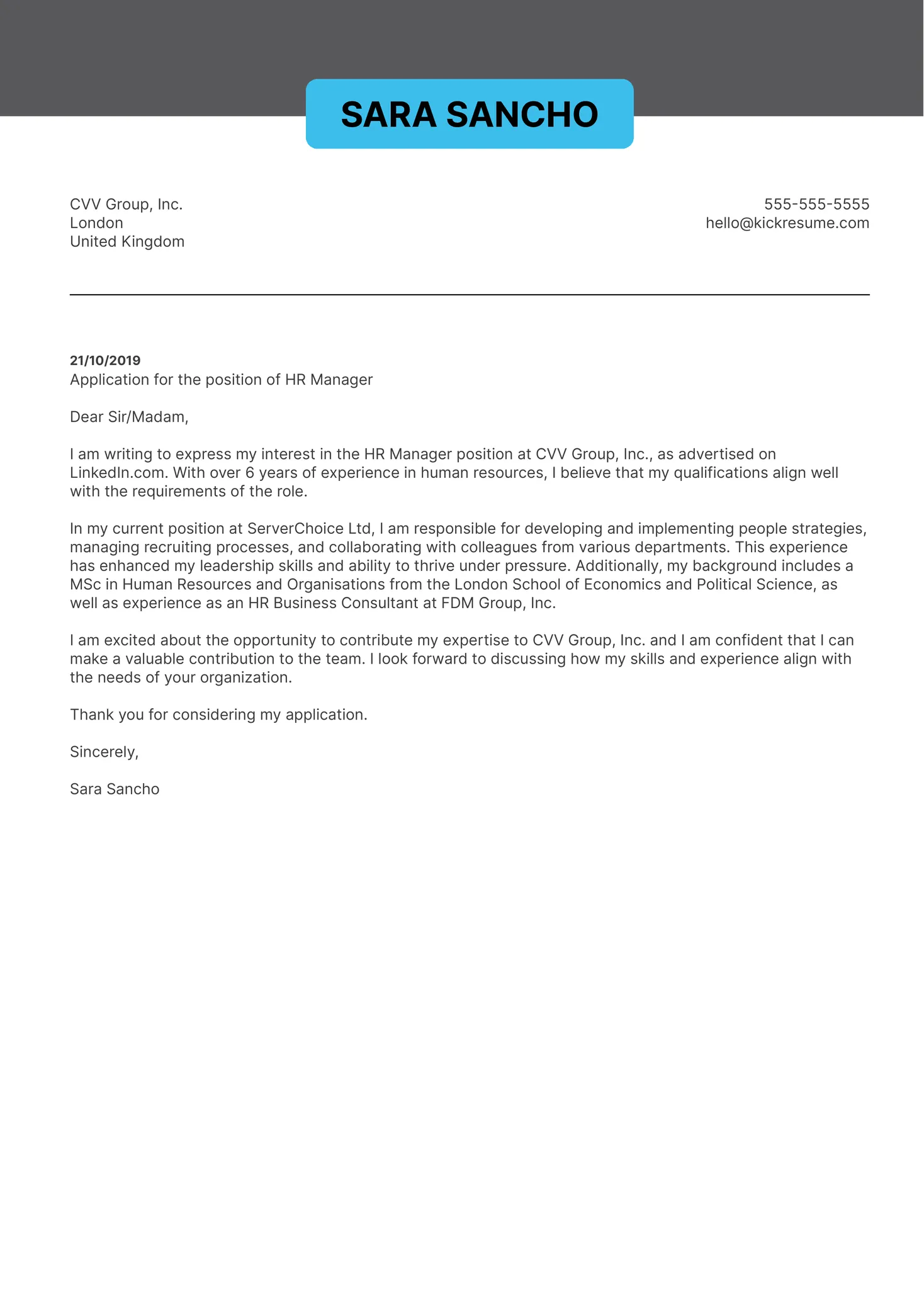Why Addressing the Hiring Manager Matters
In the competitive world of job applications, every detail counts. One of the most critical, yet often overlooked, aspects of a cover letter is how you address the hiring manager. Addressing the hiring manager by name, or at least showing that you’ve made an effort to find out who they are, can significantly boost your chances of getting noticed. It demonstrates professionalism, attention to detail, and genuine interest in the role and the company. A personalized approach goes a long way in making a positive first impression and setting you apart from the countless generic applications that hiring managers receive daily. Failing to address the hiring manager properly can be a missed opportunity to make a strong connection and show your enthusiasm.
Importance of a Personalized Cover Letter
A personalized cover letter is more than just a formality; it’s a strategic tool in your job search arsenal. It allows you to tailor your message directly to the hiring manager, showcasing that you’ve done your research and understand the company’s specific needs and values. This level of customization allows you to highlight how your skills and experiences align with the job requirements, demonstrating that you are a great fit for the role. A generic cover letter, on the other hand, feels impersonal and can easily be discarded. Hiring managers appreciate candidates who take the time to create personalized content, as it shows a higher level of investment in the application process. This is the first step towards making a strong first impression and getting an interview.
Making a Strong First Impression
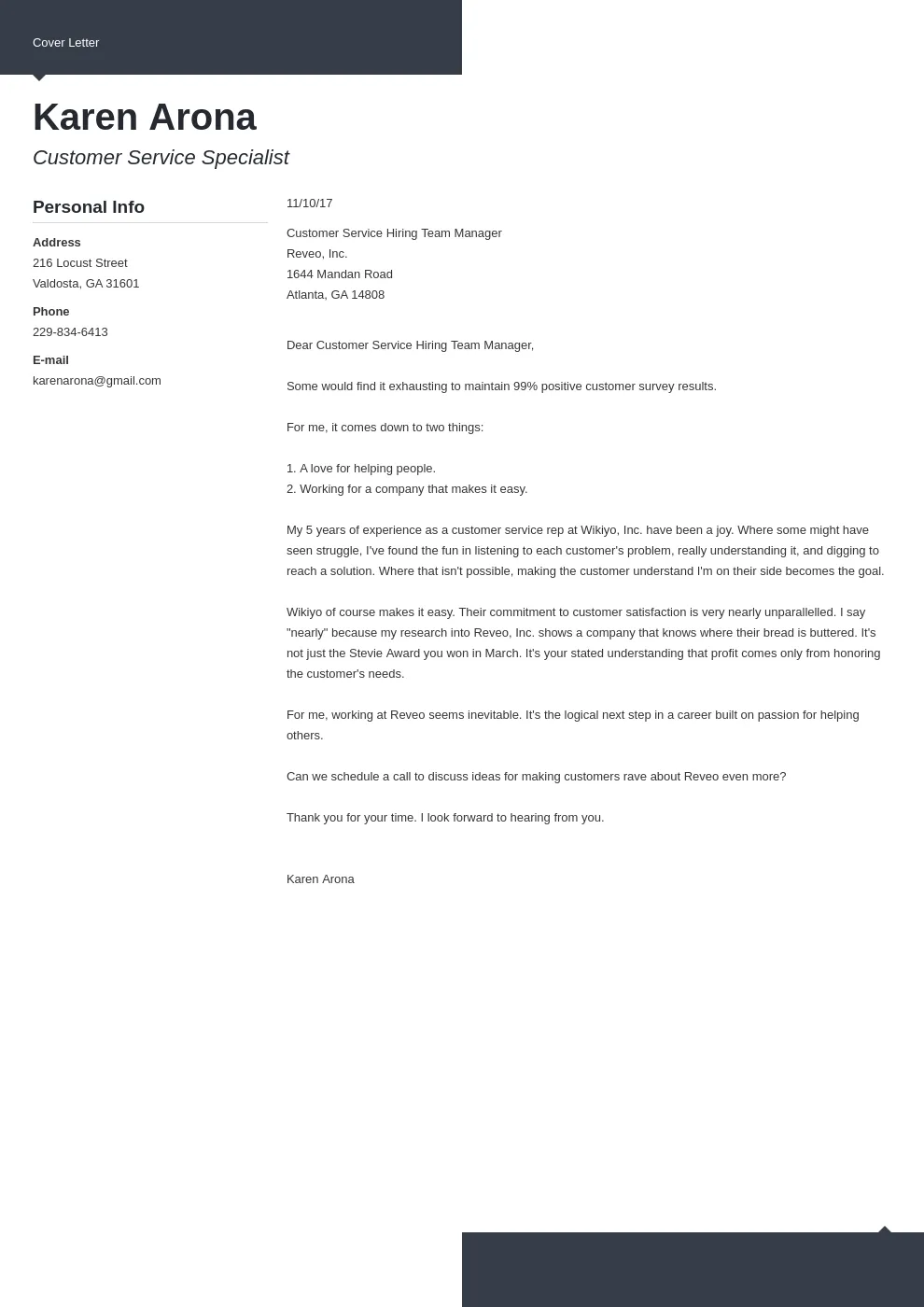
The opening of your cover letter sets the tone for your entire application. Addressing the hiring manager by name, when possible, immediately grabs their attention. It demonstrates that you’re proactive and detail-oriented. Your opening paragraph should also quickly explain why you’re interested in the role and what you bring to the table. Avoid generic phrases like “I am writing to express my interest.” Instead, try something more compelling, such as, “Having followed [Company Name]’s work in [Industry] for years, I am excited about the opportunity to contribute to your team as a [Job Title].” A well-crafted opening shows the hiring manager that you’re not just another applicant but a candidate who has taken the time to research and understand their needs.
How to Find the Hiring Manager’s Name
Finding the hiring manager’s name might seem like a challenge, but it’s often easier than you think. The most direct approach is to check the job posting itself. Sometimes, the hiring manager’s name is mentioned, especially in smaller companies or startups. If it’s not included, don’t be discouraged; there are other avenues. Take advantage of the available resources to identify the hiring manager. Also, consider using online professional networking platforms like LinkedIn. Search for the company and the specific job title; you might find the hiring manager listed there. If you have any contacts at the company, reach out to them for guidance. Remember, a little research goes a long way.
Researching the Company Website and LinkedIn
The company’s website and LinkedIn are your best friends. The ‘About Us’ section of the website might provide information about the team or key personnel. LinkedIn is a powerful tool; search for employees with the job title you’re applying for or those in the hiring manager’s department. You might find the name of the person in charge of hiring or someone who can point you in the right direction. Look for profiles that mention ‘hiring,’ ‘recruiting,’ or similar terms. Be observant, and don’t be afraid to explore various angles. Some companies provide a ‘Meet the Team’ section. If the hiring manager is not directly available, you can still tailor your cover letter to their department.
Using the Job Posting to Your Advantage
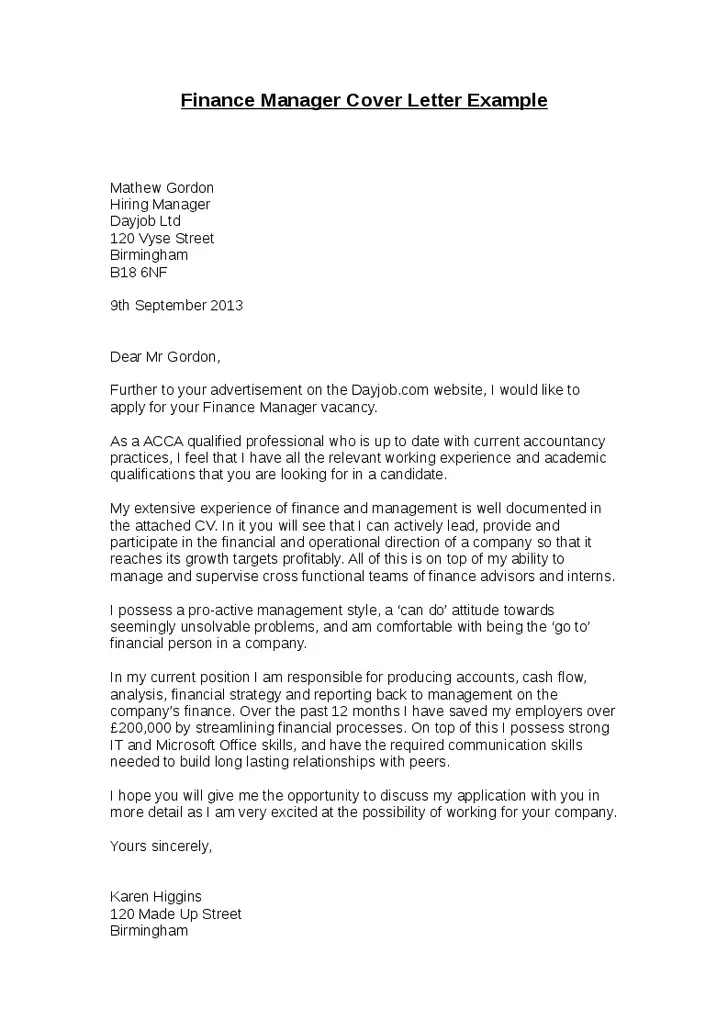
Carefully read the job posting. The language used in the job description can give you clues about the hiring manager’s personality and priorities. Is the job posting formal or informal? Does it emphasize teamwork, innovation, or specific skills? Tailor your cover letter to align with these cues. Sometimes, the job posting includes the name of the department or team that is hiring. In these situations, you can address your letter to the ‘Hiring Manager, [Department Name],’ which shows that you pay attention to detail. The job posting itself is a wealth of information; use it to understand what the company is looking for and to customize your approach.
Alternatives to the Hiring Manager’s Name
What if you’ve exhausted all your research options and still can’t find the hiring manager’s name? Don’t worry; there are acceptable alternatives. While addressing someone by name is ideal, it’s better to use a professional greeting than to leave the salutation blank. These alternatives demonstrate respect while still showing initiative. Use these alternatives carefully to avoid appearing generic. Also, tailor your greeting to the specific company culture and the information you have. The goal is to create a professional and personalized touch. This approach can create a more positive impression than a generic or impersonal salutation.
Using ‘Dear Hiring Team’
If you are completely unable to find the hiring manager’s name, ‘Dear Hiring Team’ is a safe and professional option. This greeting is inclusive and shows respect for the entire team involved in the hiring process. However, it’s essential to make the rest of your cover letter as specific as possible to offset the generic salutation. Highlight how your skills and experiences align with the company’s needs and tailor your language to match the tone of the job posting. Use this option only when you’ve exhausted all other avenues. You still want to make your letter stand out; personalized content can still make the difference between getting an interview and getting overlooked.
Using ‘Dear [Department] Hiring Manager’
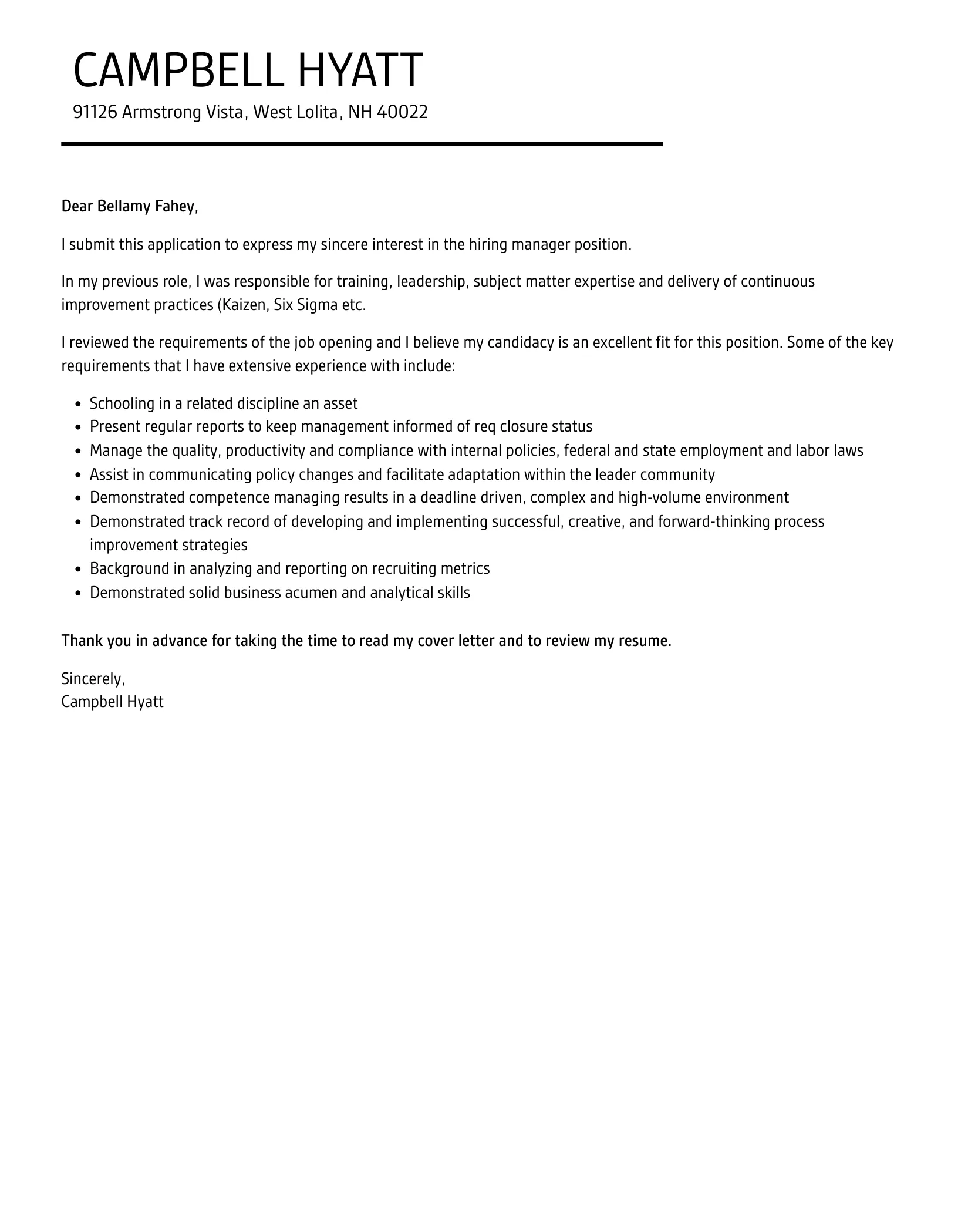
If you know the department that is hiring, such as ‘Dear Marketing Hiring Manager’ or ‘Dear Engineering Hiring Manager,’ this is a great alternative. It shows that you have paid attention to the job posting and understand the structure of the company. This method is more personalized than ‘Dear Hiring Team’ because it specifies the team you hope to join. It’s also a sign of your initiative to understand the company’s organizational structure. Using this approach can increase your chances of getting your application noticed because you have tailored the greeting to reflect the job requirements and team dynamics. Make sure to verify the department name for accuracy.
Crafting a Compelling Cover Letter Opening
The opening paragraph of your cover letter is your chance to grab the hiring manager’s attention. This is where you make a strong first impression and encourage them to read the rest of your letter. Start with a compelling hook that quickly explains why you’re interested in the role. The opening statement should clearly state the position you’re applying for and how you learned about the opportunity. Consider beginning with an enthusiastic statement that captures your interest. For instance, you could start with, “I am writing to express my keen interest in the [Job Title] position advertised on [Platform].”
Highlighting Relevant Skills and Experience
In the opening paragraph, briefly mention your most relevant skills and experience. This demonstrates that you understand the job requirements and that you have the qualifications to excel in the role. Focus on the key skills mentioned in the job description and provide brief examples of how you’ve used these skills in the past. This strategy is especially effective if you can quantify your achievements. For example, instead of saying “Managed social media accounts,” you could write, “Managed social media accounts, increasing engagement by 30% in six months.” Tailor this section to align your skills and experience with the specific needs of the role.
Showcasing Your Enthusiasm for the Role
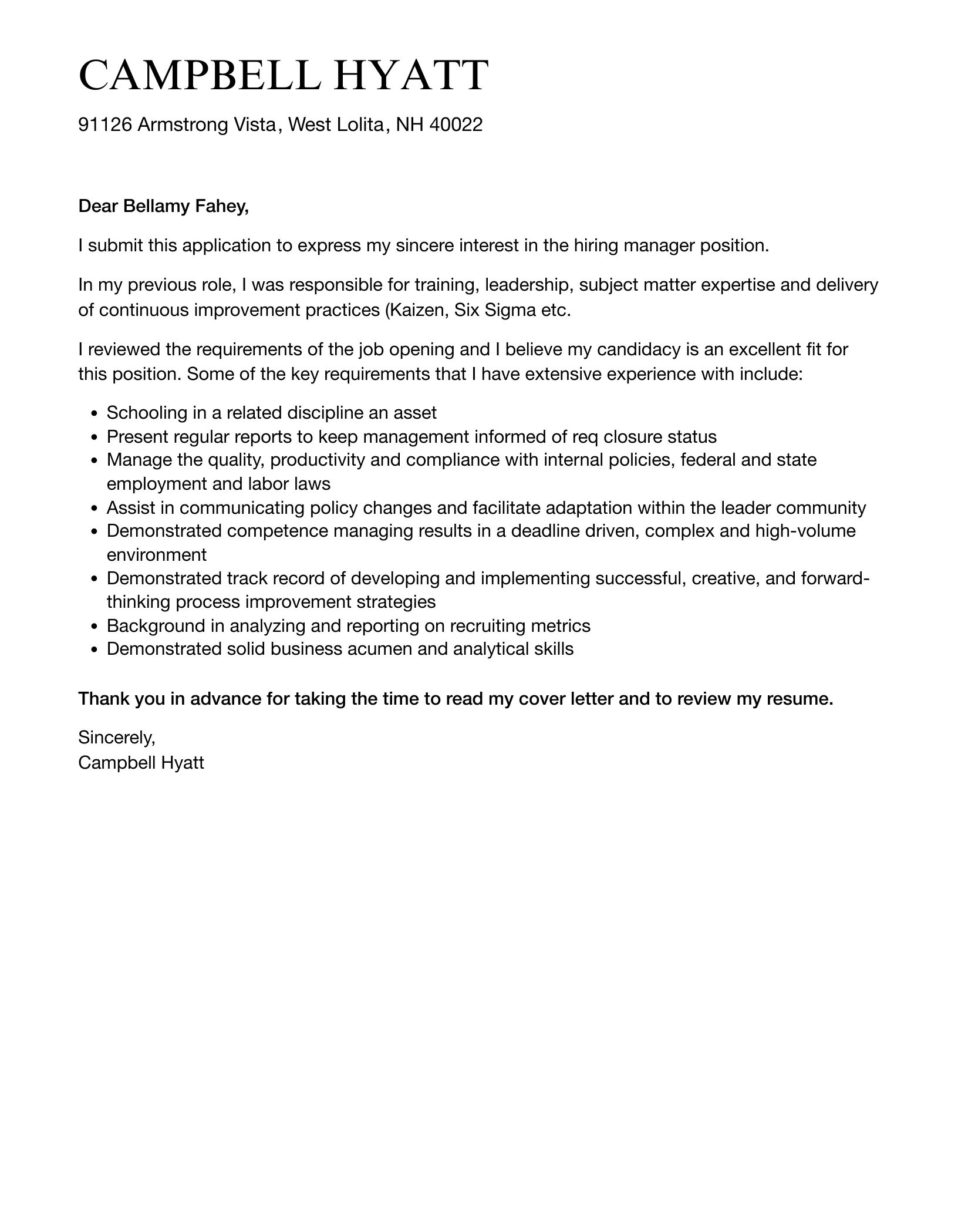
Show your enthusiasm for the role and the company in your opening paragraph. Demonstrate that you have researched the company and understand their mission, values, and culture. Mentioning something specific about the company that appeals to you shows a genuine interest, and it goes beyond a simple job application. For instance, “I was particularly impressed by [Company’s Initiative] and its commitment to [Value].” This shows the hiring manager that you have taken the time to learn about the company and that you are genuinely excited about the opportunity. A genuine enthusiasm will help you to stand out.
Structuring Your Cover Letter for Maximum Impact
A well-structured cover letter makes it easy for the hiring manager to quickly understand your qualifications and why you’re a good fit for the role. The structure and formatting of your cover letter play a vital role in conveying your message. A clear structure includes a proper salutation, an engaging opening, a body that highlights your skills and experiences, and a strong closing. Pay careful attention to the flow of your cover letter; ensure it is logical and easy to follow. Consider incorporating headings and bullet points to make key information more accessible. This helps the reader absorb the most important details efficiently.
Formatting Your Letter for Readability
Formatting significantly impacts readability. Use a professional font like Arial or Times New Roman, with a font size between 10 and 12 points. Use single spacing within paragraphs and double spacing between paragraphs to allow for visual breaks. Keep your paragraphs concise. Avoid lengthy blocks of text; instead, break up your content to make it easier to digest. Use bullet points or numbered lists to highlight key skills, achievements, and responsibilities. A well-formatted cover letter shows attention to detail and a commitment to professionalism, which are important for any job.
Key Sections to Include in Your Cover Letter
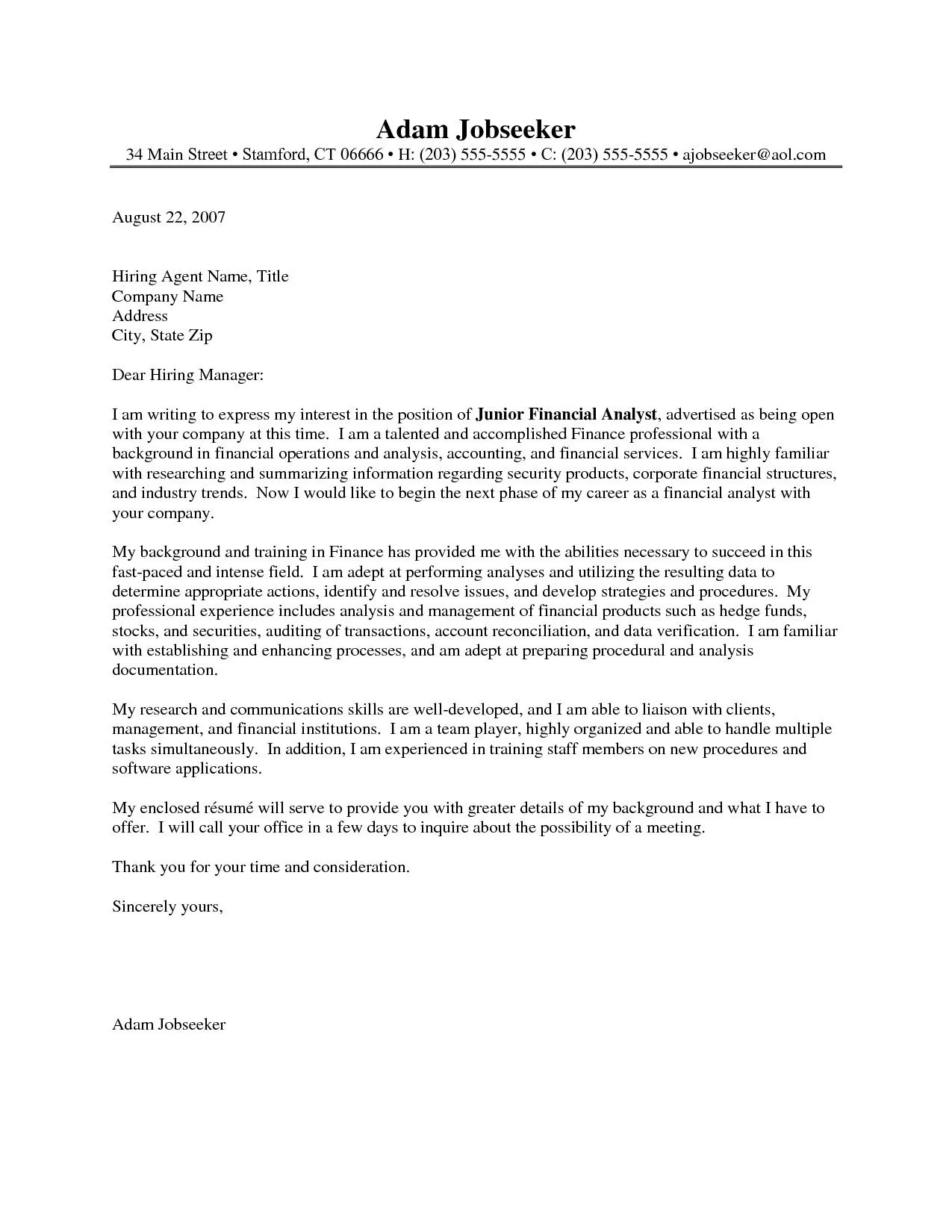
Your cover letter should include several key sections to effectively showcase your skills and qualifications. Start with a proper salutation, followed by an opening that grabs the hiring manager’s attention. In the body of your letter, highlight your relevant skills, experience, and accomplishments, using specific examples to demonstrate your value. You should conclude with a clear closing that expresses your interest in the position, gratitude, and a call to action. The overall structure of the letter must guide the reader through your qualifications and make them want to learn more about you. Each section is an opportunity to make a positive impression.
The Body of Your Cover Letter
The body of your cover letter is where you elaborate on your skills, experiences, and how they relate to the job. This section should provide more detailed information about your qualifications and how you can contribute to the company. When discussing your skills, be specific and provide examples of how you’ve used them in previous roles. Back up your statements with quantifiable results. This demonstrates your ability to achieve results and shows that you’re not just listing skills. Each paragraph in the body should focus on a specific skill or experience that aligns with the job description. This helps to ensure your message is concise and focused.
Demonstrating Your Value Proposition
In the body of your cover letter, demonstrate your value proposition by highlighting how your skills and experiences align with the job requirements. Identify the key skills and experiences outlined in the job description and provide specific examples of how you have demonstrated these skills in your previous roles. Quantify your achievements whenever possible to give concrete evidence of your success. For example, instead of saying, “Managed marketing campaigns,” you could write, “Managed marketing campaigns that resulted in a 20% increase in leads.” This demonstrates that you bring value to the table and have the potential to make a significant impact in your new role.
Closing Your Cover Letter Effectively
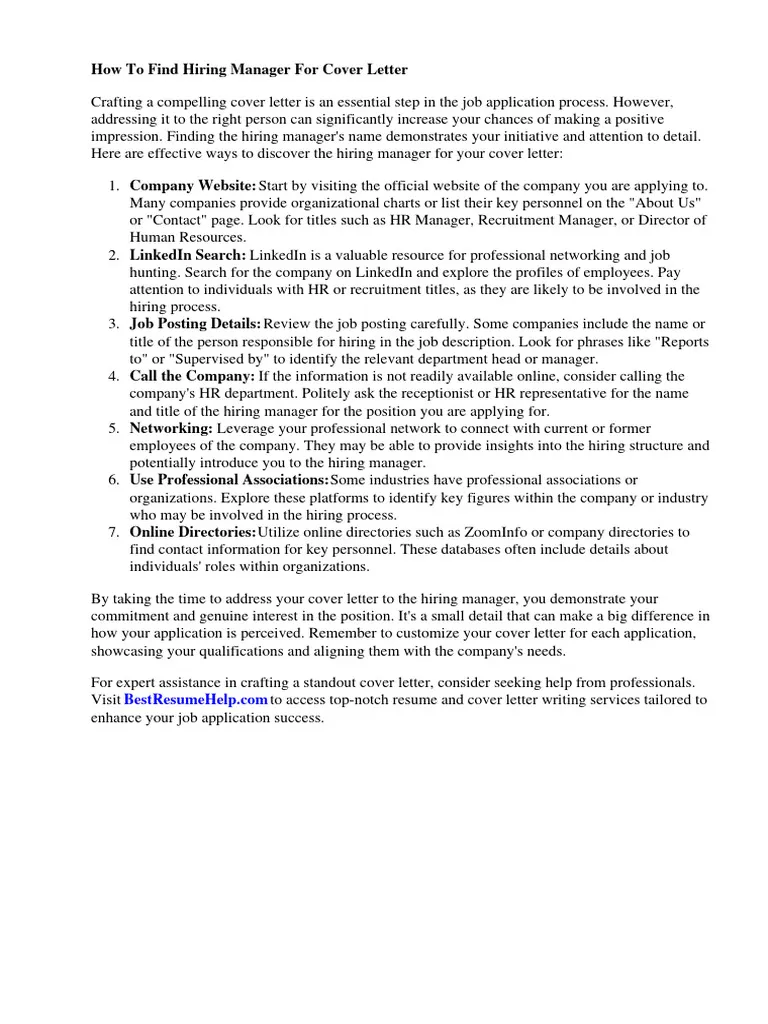
The closing of your cover letter is your last chance to make a strong impression. Your closing paragraph should express your interest in the position, thank the hiring manager for their time, and include a call to action. Keep your closing paragraph concise and focused. Avoid ending your letter with generic phrases; instead, reiterate your enthusiasm and reiterate your interest in the role. Your closing paragraph should also state your availability for an interview and how the hiring manager can contact you. Always end on a positive note and show that you’re confident in your abilities.
Expressing Gratitude and Next Steps
In your closing paragraph, express gratitude for the hiring manager’s time and consideration. Thank them for taking the time to review your application and for the opportunity to be considered for the role. Briefly mention your interest in the next steps in the hiring process. This shows that you are proactive and eager to move forward. Conclude with a strong call to action. For example, “I look forward to hearing from you soon and discussing my qualifications further in an interview.” Provide your contact information once more and express your confidence in your ability to excel in the role.
Proofreading and Editing Your Cover Letter
Proofreading and editing are essential steps in the cover letter writing process. A well-written and error-free cover letter demonstrates your attention to detail and professionalism, while a letter riddled with typos and grammatical errors can damage your chances. Before submitting your cover letter, carefully review it for any spelling, grammar, and punctuation errors. Consider using grammar-checking tools. Even a minor mistake can undermine your credibility. Check for consistency in formatting and ensure that your language is clear and concise. Another tip is to get a second pair of eyes. Ask a friend, family member, or career counselor to review your letter for any errors or suggestions.
Common Mistakes to Avoid
Several common mistakes can undermine the effectiveness of your cover letter. Avoiding these pitfalls is critical to making a positive impression. Generic greetings, lack of personalization, and ignoring the job description are among the most common mistakes. Also, be mindful of the tone and language you use. Your cover letter should be professional and tailored to the specific job and company.
Generic Greetings and Lack of Personalization
Using generic greetings like “To Whom It May Concern” or neglecting to address the hiring manager by name are significant missteps. These greetings show a lack of effort and attention to detail. Always try to find the hiring manager’s name and address the letter to them directly. If you cannot find a name, use a professional alternative, such as “Dear Hiring Team” or “Dear [Department] Hiring Manager.” Also, avoid using a generic cover letter. Customize your letter for each job application. Personalized content shows that you care enough to tailor your letter to their specific needs.
Ignoring the Job Description
Failing to address the specific requirements outlined in the job description is a major mistake. The job description provides valuable insights into the skills, experiences, and qualifications the hiring manager is seeking. Tailor your cover letter to match those requirements, highlighting your relevant skills and experiences and showing how you meet their needs. Use the same keywords and phrases from the job description to demonstrate that you understand the position. This shows the hiring manager that you are a good fit for the role.
Sending a Cover Letter Without a Name
Sending a cover letter without a name is not a good practice. If you cannot find the hiring manager’s name, address it to the “Hiring Manager”. However, before you send a cover letter without a name, exhaust all resources to find the hiring manager. Check the company website, LinkedIn, and any other available channels. If you have a contact at the company, consider reaching out to them for help. A personalized greeting often increases your chances of being noticed. You want to make a great first impression with your application and get that interview.
Tools and Resources for Cover Letter Success
Many tools and resources are available to help you write a successful cover letter. Using these tools can save you time and ensure that your cover letter is polished and professional. Cover letter templates and examples are a great starting point. Online resources and career advice can give you valuable guidance. These resources can assist in creating a cover letter that stands out.
Cover Letter Templates and Examples
Cover letter templates provide a basic structure that you can customize to fit your needs. Use these templates as a starting point. There are many free cover letter templates available online. Examples from successful cover letters can also provide useful insights. Look for examples that match your industry and job title. These templates offer suggestions for formatting, wording, and content. Customize the template with your own information, experience, and skills. Tailor the template to fit the requirements of the job. Make sure to personalize it and showcase your unique qualifications to make a positive impression.
Online Resources for Finding Hiring Manager Names
Several online resources can assist you in finding the hiring manager’s name. LinkedIn is one of the most effective tools. You can use LinkedIn to search for employees at the company and identify the hiring manager. Many companies also have contact information or a ‘Meet the Team’ section on their websites. Some job boards may also provide the hiring manager’s name. Use these resources to gather details about the company and its employees. This knowledge will allow you to personalize your cover letter and make a strong impression on the hiring manager.
Tips for Following Up
Following up after submitting your cover letter and resume is a crucial part of the job application process. It demonstrates your continued interest in the role and shows that you are proactive and attentive. Use the follow-up to re-emphasize your qualifications and express your enthusiasm for the position. Follow-up emails are a way to maintain contact with the hiring manager and increase your chances of being considered. Remember that a well-timed and professionally written follow-up can significantly boost your chances of landing an interview.
When and How to Follow Up
The timing and approach of your follow-up are critical. Send your follow-up email approximately one to two weeks after submitting your application. If the job posting specifies a timeline for applications or interviews, respect that schedule. Keep your follow-up brief and focused. Start by referencing the position you applied for and remind the hiring manager of your qualifications. Express your continued interest and reiterate your value proposition. Consider attaching a copy of your resume and cover letter for easy reference. End with a call to action, such as “I look forward to hearing from you soon” or “I am available for an interview at your earliest convenience.”
Examples of Effective Follow-Up Emails
Crafting a follow-up email is essential to ensure a professional and positive tone. Your follow-up email should be well-written and show that you care. Keep the email brief, and to the point, and remind the hiring manager of your interest in the position. Here are a few examples to guide you. “Dear [Hiring Manager Name], I hope this email finds you well. I am writing to follow up on my application for the [Job Title] position. I am very interested in this role and believe my skills and experiences would make me a valuable asset to your team. I am available for an interview at your earliest convenience. Thank you for your time and consideration. Sincerely, [Your Name].” Another option is, “Dear [Hiring Manager Name], I am writing to follow up on my application for the [Job Title] position. I am enthusiastic about the opportunity to contribute to [Company Name]. I have attached my resume for your review. I am eager to discuss my qualifications further. Thank you again for your time. Best regards, [Your Name].”
